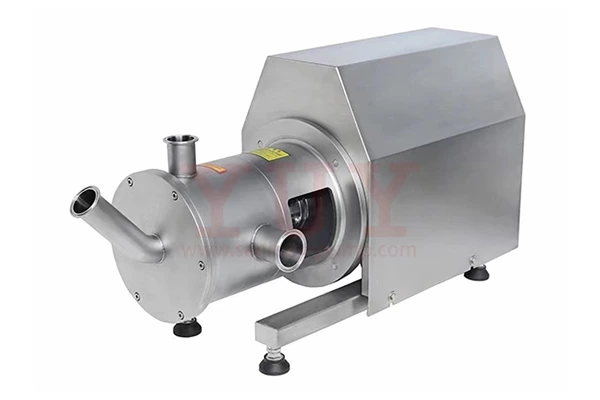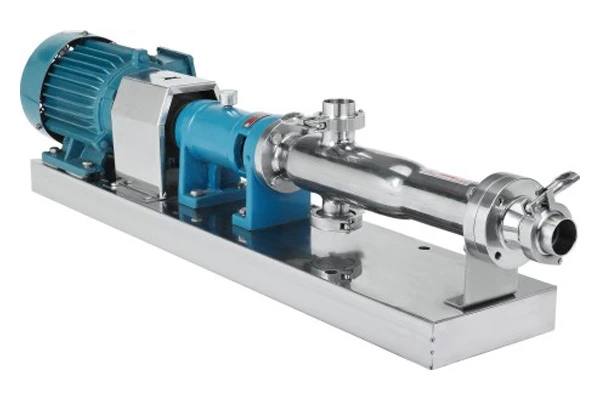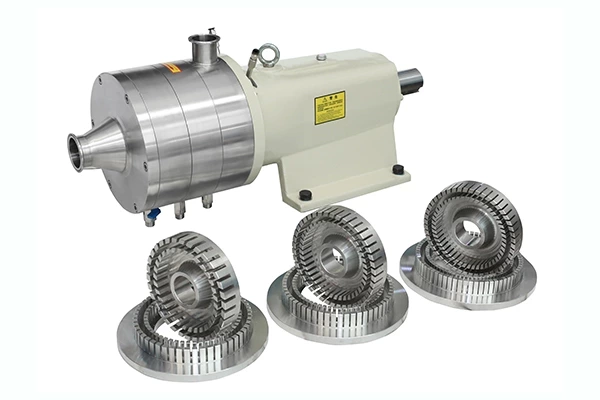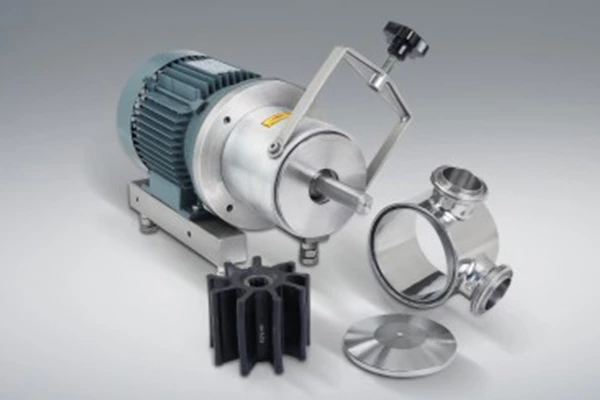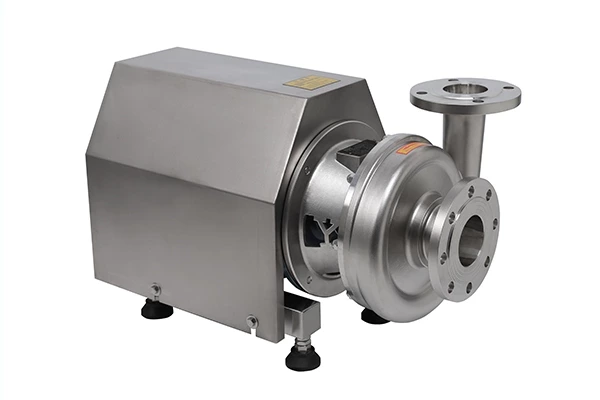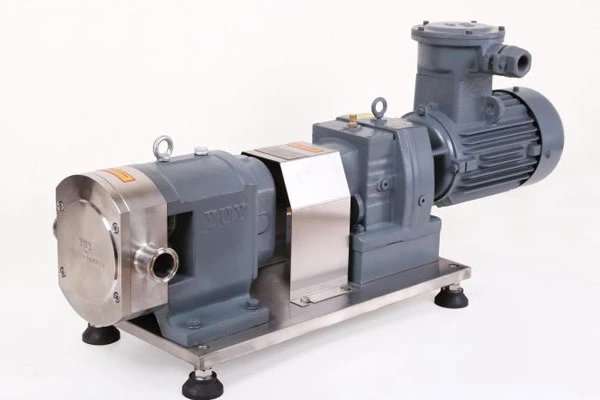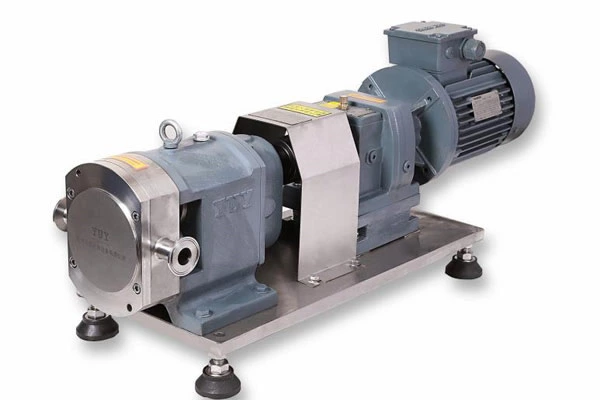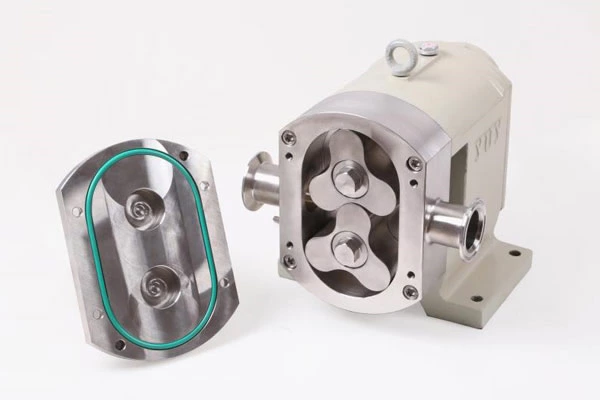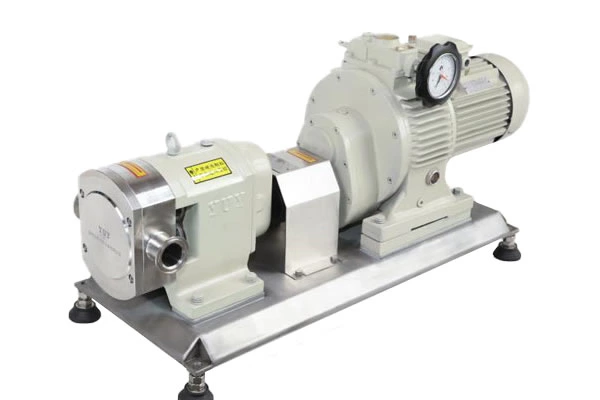150 Technical Questions And Answers About Pumps To Help You Fully Understand Pumps
41. What are the main contents of the Solid-Liquid Mixing Pump inspection?
Answer: 1) Check whether the indication values of the pressure gauge and ammeter are in the specified area and remain stable;
2) Check whether the operating sound is normal and whether there is any noise;
3) Check whether the temperature of bearings, motors, etc. is normal (not exceeding 60 degrees);
4) Check whether the cooling water is unobstructed, whether the stuffing pump and mechanical seal are leaking, and whether the leakage is within the allowable range;
5) Check whether the connection parts are tight and whether the anchor bolts are loose;
6) Check whether the lubrication is good and the oil level is normal;
42. When the maintenance personnel arrive at the post for maintenance, what work should the device operator do?
Answer: 1) Check whether the maintenance work ticket is consistent with the actual equipment position number to be repaired;
2) Contact the duty officer and ask the electrician in the special area to shut down the power;
3) Provide the maintenance personnel with the equipment damage and the specific parts to be repaired;
4) Cooperate with the maintenance on site and supervise the maintenance quality;
5) After the maintenance is completed, contact for power supply and test run;
6) After normal operation, report to the duty officer and keep records.
43. What is the function of the pump inlet and outlet valves?
Answer: 1) The pump inlet valve is a component that isolates or cuts off the slurry pump from the system during maintenance. It cannot be used to adjust the flow and should be fully opened;
2) The outlet valve is a component that adjusts the flow and isolates and cuts off the pump from the system during start-up and shutdown maintenance.
44. What is the basis for selecting seals for pumps in chemical production?
Answer: Select according to process conditions, working pressure, medium corrosion conditions and rotation speed.
45. What are the types of flat gasket seals?
Answer: 1) Non-metallic gasket seal; 2) Non-metallic and metal composite gasket seal; 3) Metal gasket seal.
46. What are the main causes of gasket leakage?
Answer: 1) Leakage caused by design; a. Improper selection of flange and flange sealing surface; b. Improper selection of gasket; c. Improper selection of flange and bolt materials;
2) Leakage caused by manufacturing, installation and operation; a. The machining accuracy of flange and gasket does not meet the technical requirements; b. Improper operation when tightening the bolts causes the gasket to deviate; c. The flange sealing surface is clean and has impurities.
47. What is a mechanical seal?
Answer: Mechanical seal, also known as end face seal, is a device that prevents fluid leakage by making the two end faces fit tightly and slide relative to each other under the action of fluid pressure and compensation mechanism.
48. How many common sealing forms are there for pumps?
Answer: There are two types, dynamic seal and static seal.
49. What are the main causes of mechanical seal leakage?
Answer: 1) The seal end faces between the dynamic ring and the static ring are too worn, and the load coefficient is unreasonable during design, causing cracks, deformation, and damage to the seal end faces.
2) Several auxiliary seals are defective or caused by improper assembly, and the selection of auxiliary seals is not suitable for the working medium.
3) The spring preload is insufficient or after long-term operation, it breaks, corrodes, relaxes, and cokes, and the suspended particles or crystals of the working medium accumulate and block the spring gap for a long time, causing the spring to fail, the compensation seal ring cannot float, and leakage occurs;
4) Due to the large deviation of the verticality between the dynamic and static ring seal end faces and the shaft centerline, the seal end faces are not tightly bonded, causing leakage;
5) Due to the large axial movement of the shaft, the fittings related to the seal are poor or of poor quality, which is prone to leakage.
50. What is the basis for selecting the material of the mechanical seal friction pair?
Answer: It should be selected based on factors such as the nature of the medium, working pressure, temperature, sliding speed, etc., and sometimes the ability to withstand short-term dry friction during startup or liquid film destruction should also be considered.
